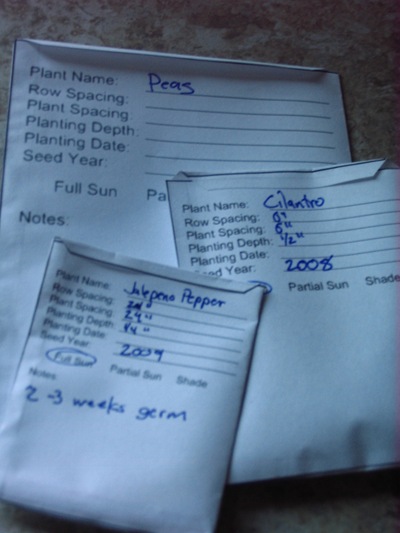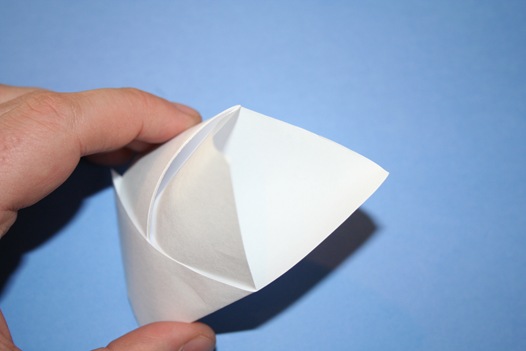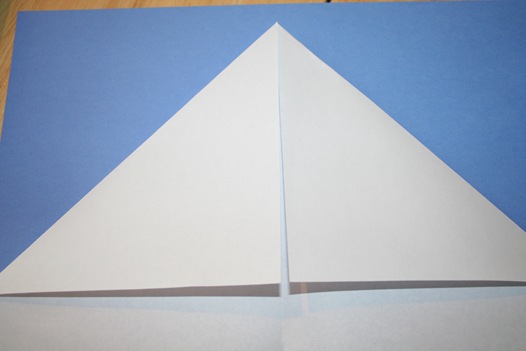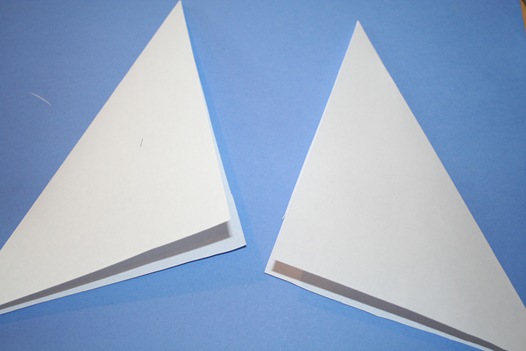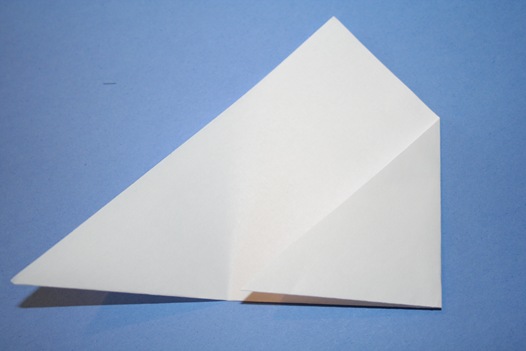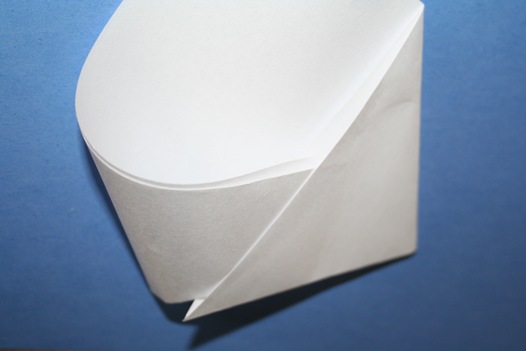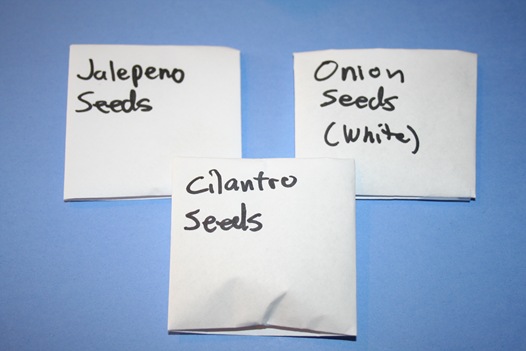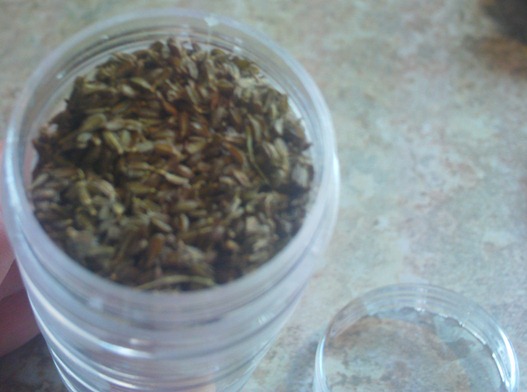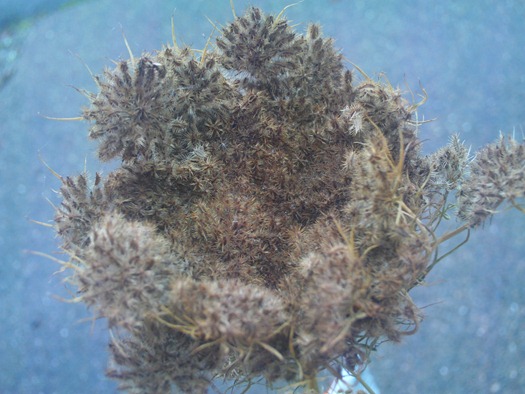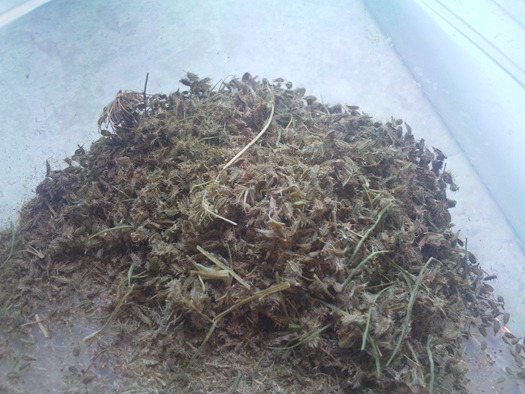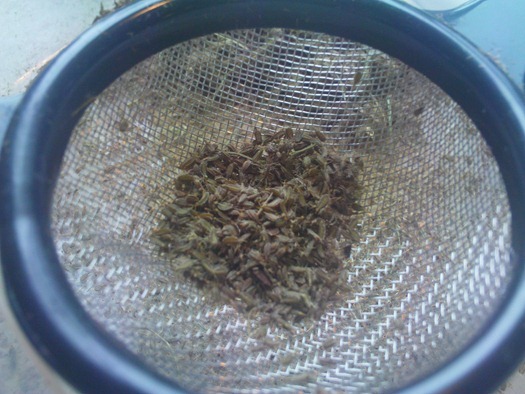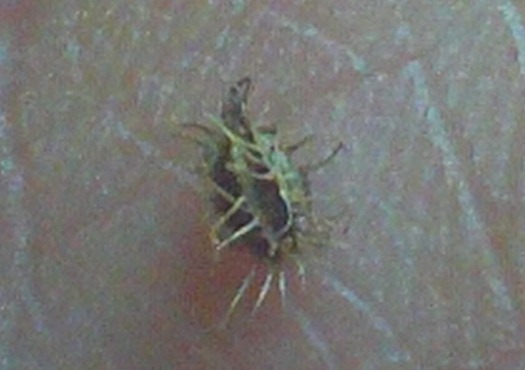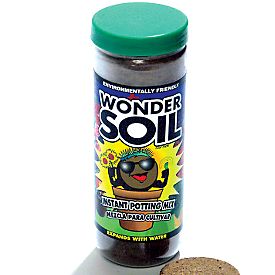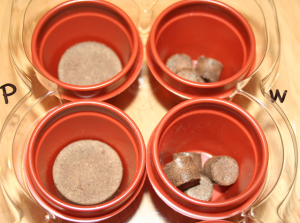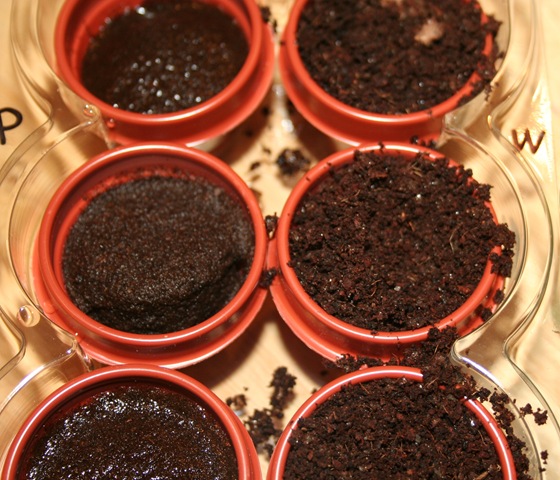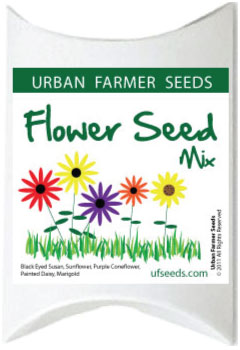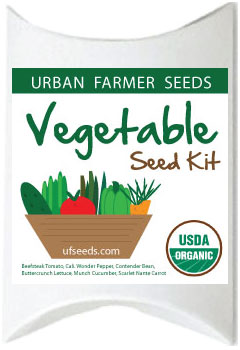8.2 years ago cheap, indoor growbox, indoor seed starting, seedling, seeds

When you start seeds indoors in a vegetable garden, it can be difficult getting your schedule down to ensure that start your vegetable seeds with enough lead time that they are mature enough to venture outside but also not so large they take over your growing area.
Personally this has been a difficult part for me where I am really good getting the early vegetables started on time (onions, peppers, tomatoes) but when it comes to the later plants and/or second/third plantings is where I begin to get forgetful. Over the years I have come across a couple of great tools to make this easier that I thought I would share.
No matter which option you choose to start garden seeds indoors you will need to determine an important date, your last frost date. There are many sites/tables out there that will give an estimate I actually have a couple posts on the subject but at the moment my favorite site that makes this very easy is WeatherSpark, it uses historical data with great visuals to easily determine when the best probability of picking the right date. Here you can take a look at this historical data and make your call of what date you think will be safe.

1. Create a garden schedule. Just by figuring out your last frost date and doing a little math (Excel works great for this) you can determine the optimal seed starting dates and even get a general idea of when your plants should be ready for transplanting. What I love about this technique is you can tweak it each year as things worked well (or not so well) in previous years to get the schedule finely tuned to your particular garden and the micro-climates within it.
In addition knowing an estimate of when these plants will be venturing out in the wild can assist in your space planning for your seeding area as well as having a reality check if you see your peppers will be ready to be transplanted in March when it doesn’t get above freezing until mid-June.
Here is my schedule for starting seeds indoors my area and estimated last frost date (April 20th), though sure everyone that is reading this will not have the same date as mine so thanks to my infinite nerdiness I made the following table so you can adjust the “Last Frost Date” to yours and see how my schedule would look in your area.
| Vegetable Name |
Seed Start Date |
Estimated
Transplant
Date |
Estimated
Harvest
Date |
| Celery |
1/19/2013 |
3/18/2013 |
4/24/2013 |
| Onion |
1/19/2013 |
3/25/2013 |
5/24/2013 |
| Leeks |
1/19/2013 |
3/21/2013 |
6/3/2013 |
| Kale |
1/26/2013 |
3/7/2013 |
3/22/2013 |
| Artichoke |
1/31/2013 |
4/27/2013 |
6/20/2013 |
| Kohlrabi |
2/9/2013 |
3/15/2013 |
4/5/2013 |
| Pak Choi |
2/9/2013 |
3/6/2013 |
4/10/2013 |
| Parsley |
2/8/2013 |
4/6/2013 |
4/24/2013 |
| Lettuce |
2/9/2013 |
3/6/2013 |
4/5/2013 |
| Broccoli |
2/9/2013 |
3/15/2013 |
4/20/2013 |
| Pepper – Jalapeno |
2/9/2013 |
4/28/2013 |
4/25/2013 |
| Pepper – Bell |
2/9/2013 |
5/4/2013 |
4/25/2013 |
| Swiss Chard |
2/16/2013 |
3/20/2013 |
4/7/2013 |
| Cabbage |
2/16/2013 |
3/31/2013 |
5/7/2013 |
| Brussel Sprouts |
2/22/2013 |
3/31/2013 |
5/23/2013 |
| Collards |
3/2/2013 |
3/24/2013 |
5/1/2013 |
| Tomato |
3/2/2013 |
5/4/2013 |
5/21/2013 |
| Spinach |
3/9/2013 |
|
4/23/2013 |
| Peas |
3/9/2013 |
|
5/13/2013 |
| Turnips |
3/9/2013 |
|
5/8/2013 |
| Watermelon |
3/16/2013 |
5/27/2013 |
6/14/2013 |
| Basil |
3/24/2013 |
5/14/2013 |
6/22/2013 |
| Potatoes |
3/30/2013 |
|
7/8/2013 |
| Radish |
3/31/2013 |
|
5/5/2013 |
| Beets |
3/31/2013 |
|
6/4/2013 |
| Carrots |
4/9/2013 |
|
6/23/2013 |
| Corn |
4/9/2013 |
5/7/2013 |
6/28/2013 |
| Cucumber |
4/9/2013 |
5/16/2013 |
6/8/2013 |
| Okra |
4/9/2013 |
5/11/2013 |
6/13/2013 |
| Pumpkin |
4/9/2013 |
5/7/2013 |
7/28/2013 |
| Summer Squash – Sunburst |
4/9/2013 |
5/16/2013 |
6/3/2013 |
| Winter Squash – Hunter |
4/9/2013 |
5/16/2013 |
7/3/2013 |
| Zucchini |
4/9/2013 |
5/16/2013 |
6/3/2013 |
| Lettuce |
4/13/2013 |
|
6/7/2013 |
| Beans |
5/4/2013 |
|
7/13/2013 |
| Dill |
5/11/2013 |
|
7/15/2013 |
| Carrots |
5/27/2013 |
|
8/10/2013 |
| Broccoli |
6/22/2013 |
8/2/2013 |
8/31/2013 |
| Cabbage |
6/22/2013 |
8/2/2013 |
9/10/2013 |
| Kale |
6/22/2013 |
7/22/2013 |
8/16/2013 |
| Kohlrabi |
6/22/2013 |
7/29/2013 |
8/16/2013 |
| Cabbage – Napa |
7/24/2013 |
8/21/2013 |
10/7/2013 |
| Pak Choi |
7/24/2013 |
8/21/2013 |
9/22/2013 |
| Onion – Bunching |
7/24/2013 |
|
10/2/2013 |
| Turnip |
7/24/2013 |
|
9/22/2013 |
| Lettuce |
8/3/2013 |
|
9/27/2013 |
| Spinach |
8/10/2013 |
|
9/24/2013 |
| Corn Salad |
8/10/2013 |
|
9/29/2013 |
| Garlic |
10/12/2013 |
|
2/14/2014 |
| Pak Choi |
12/14/2013 |
1/26/2014 |
2/12/2014 |
* N/A because vegetables should be sown directly in the ground.
2. Create a garden plan online and get reminders. My favorite online vegetable gardening software is GrowVeg. It is very easy to use and provides some great visuals when to specifically plant seeds and transplant your seedlings outdoors, which you can see below.

In addition you also can recreate a virtual copy of your garden and plan exactly where you want to plant your vegetables, to ensure your ambitions for growing a huge crop this year does not exceed the reality of the limited space you have to actually grow. It also remembers where you planted vegetables in previous years to help enforce crop rotation to ensure pests/diseases will be forced to remain in check.

Though one of my favorite features is the weekly reminders, once a week you get a simple email letting you know what plants you should be starting/transplanting that week. This was very helpful later in the season where I probably would have completely forgotten about my carrots without this helpful reminder.
3. Buy a garden planning book. If you want something that you can really get your hands on you might want to check out the Week-by-Week Vegetable Gardener’s Handbook helps with this problem by providing weekly reminders of what vegetables you should be order/planting and what preparations you should be doing in your garden. This can be a very helpful tool in getting a little more organized in your vegetable garden.

Already falling behind on your seed planting here are a few great options to get a great selection of seeds without spending a lot of money:
- One of my favorites is Burpee Seeds, they have been around since 1876 and definitely know their stuff. The actually have a seed sale going on now where you get $15 off on order of $75 (just use code AFFB4A35) expires on 1/15
 .
.
- The name is not too exciting but Generic Seeds
 offers no thrills packaging with quality seeds and very reasonable prices and if you spend $20 or more shipping is on them.
offers no thrills packaging with quality seeds and very reasonable prices and if you spend $20 or more shipping is on them.
